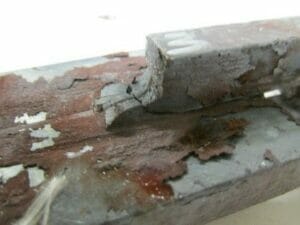Blueberries are a popular ‘superfruit’ with global consumption continuing to increase. In 2023, over 45% of world production was exported. Blueberries can have a shelf-life of up to three months and can be stored below 5°C for up to seven weeks, making them suitable for long-distance transport. However, when a container of blueberries reaches its destination, there could be a ‘case of the blues’ if they have spoilt in transit. In these cases, a forensic investigator can determine where in the supply chain things have gone pear-shaped.
Here Comes The Sun
Optimising a long shelf life starts with good crop husbandry to control pests and diseases. In hot climates, the crop is grown under shade netting, protecting the fruit from sunscald, with polytunnels used to prevent damage by heavy rain or hail in wetter climates. Blueberries should be picked at the 85–90% blue stage in dry conditions in the morning, before heat builds up in the fruit. High humidity at harvest promotes rots and moulds, and berries picked at more than 90% blue stage have a shorter shelf life. Once picked, blueberries should be cooled within five hours as, high temperatures accelerate fruit degradation.
Blueberries are sometimes harvested into crates in the field, but frequent handling removes wax from the skin. This reduces the nutritional quality, accelerates water loss, and speeds decay. To minimise handling, growers are increasingly picking berries directly into branded clamshell retail punnets.
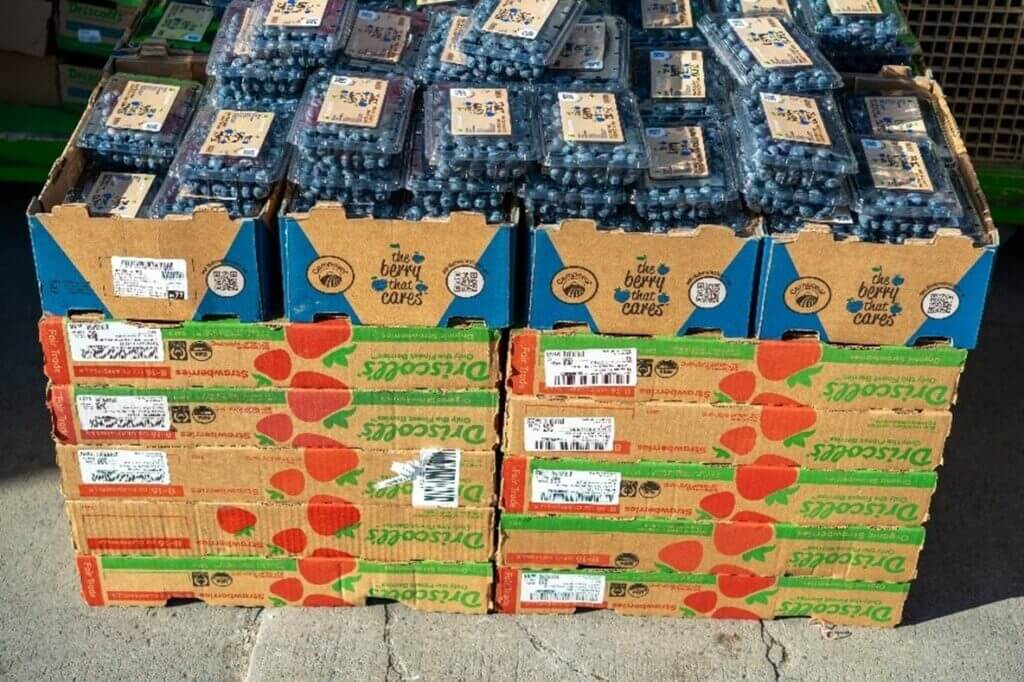
Time to Chill
After harvest, blueberries remain metabolically active, so respiration, ripening and cell aging continue. Upon arrival at the packing facility, the temperature of the berries should be lowered to near 0°C by forced cooling immediately. Temperatures below 2°C for 96 hours kill fruit fly eggs and render mould spores inactive. Care is needed though – while insufficient cooling reduces shelf life, temperatures below 0°C increase chilling injury risk to the berries.
Like many fruits, some blueberry varieties ripen when exposed to the ripening hormone, ethylene. Knowing which variety is being shipped is important, as removing ethylene from storage air can delay their ripening. Ethylene absorbing sachets can help, but add cost.
Happy Atmosphere
Controlled atmosphere transport involves increasing carbon dioxide (CO2) and decreasing oxygen concentrations in an airtight container. Some ‘reefer’ (refrigeration) systems offer a CO2 injection option, allowing containers to be pre-charged to 15% CO2 for blueberries. The auxiliary supply automatically tops up CO2 during transit. However, CO2 supply failure can lead to increased metabolic activity and subsequent fruit breakdown.
Modified atmosphere packaging initially alters the atmosphere inside the pack, but it changes over time. A range of perforated bags are available from manufacturers to wrap entire pallets or individual crates. It is important to use the correct wrapping to avoid losses.
Active packaging changes the condition of the atmosphere to extend shelf-life. Sodium metabisulphite pads release sulphur dioxide (SO2) gas, which kills fungal spores, sanitises small wounds on the fruit surface and maintains the relative humidity within the package at around 89%.
The pads must be placed on top of pallets before wrapping, as SO2 is heavier than air. In addition, the pad must not be allowed to come into direct contact with the blueberries because it is toxic to plant material. Incorrect positioning of these pads can cause mould spoilage or skin bleaching.
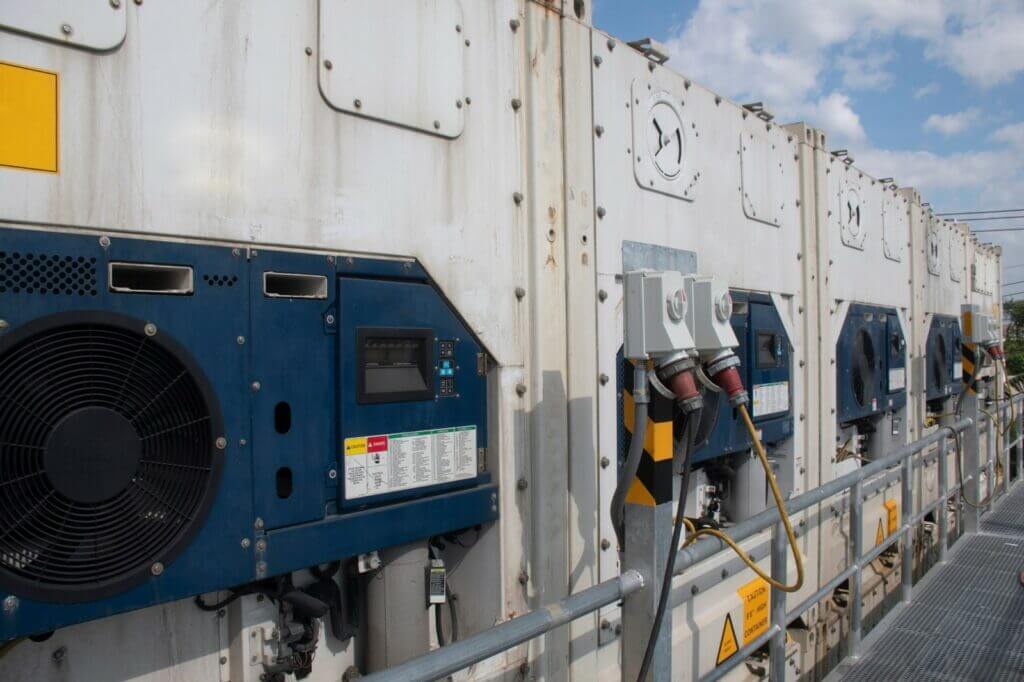
Breaking The Mould
More than a dozen moulds can affect blueberries, and an increase in temperature above 2°C stimulates spore germination, initiating irreversible fungal growth, spoiling the shipment. Some moulds, such as Anthracnose (Colletotrichum species) and Grey Mould (Botrytis species) originate in the field due to poor hygiene. Others, such as Blue Mould (Penicillium species), colonise berries during transit due to poor conditions. SO2 primarily controls the mould Botrytis cinerea, a major cause of blueberry spoilage.
Over 300 pests can affect blueberries. One major field pest is the Spotted Wing Fruit Fly (Drosophila suzukii), whilst other fruit fly species colonise the fruit post-harvest. Correct mould or pest identification helps establish liability in the event of a claim.
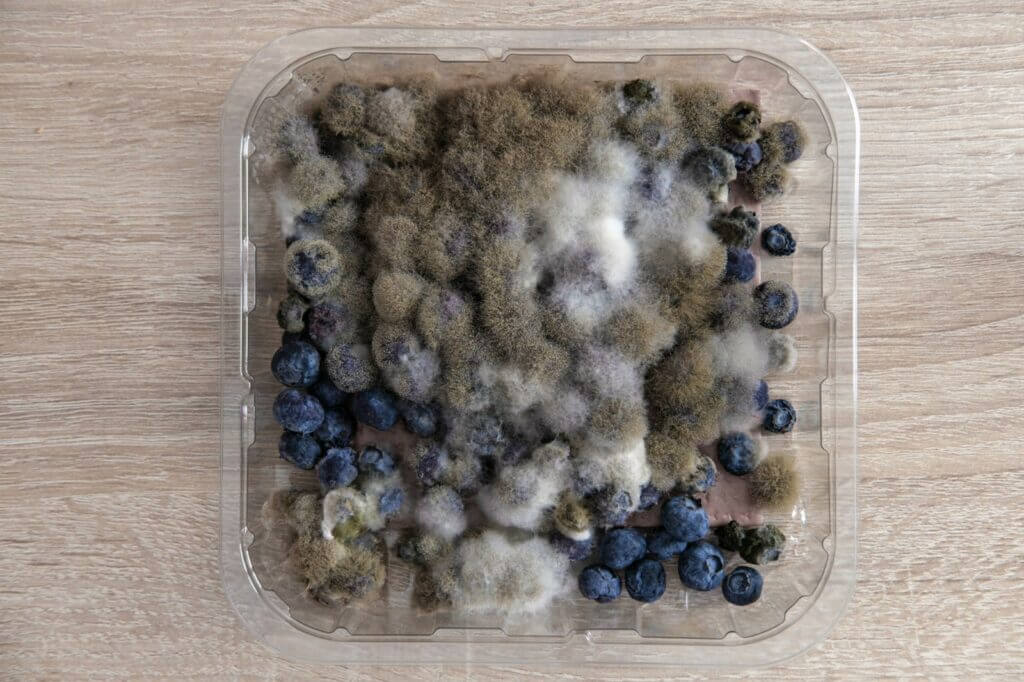
When The Ship Comes in
Reefer containers maintain the temperature of pre-cooled produce but cannot reduce it further. Pallets should be positioned inside the container to allow for the uniform circulation of cold air. Humidity levels inside the container must also be carefully controlled as too much can promote mould, whereas too little can lead to fruit dehydration and shrivelling.
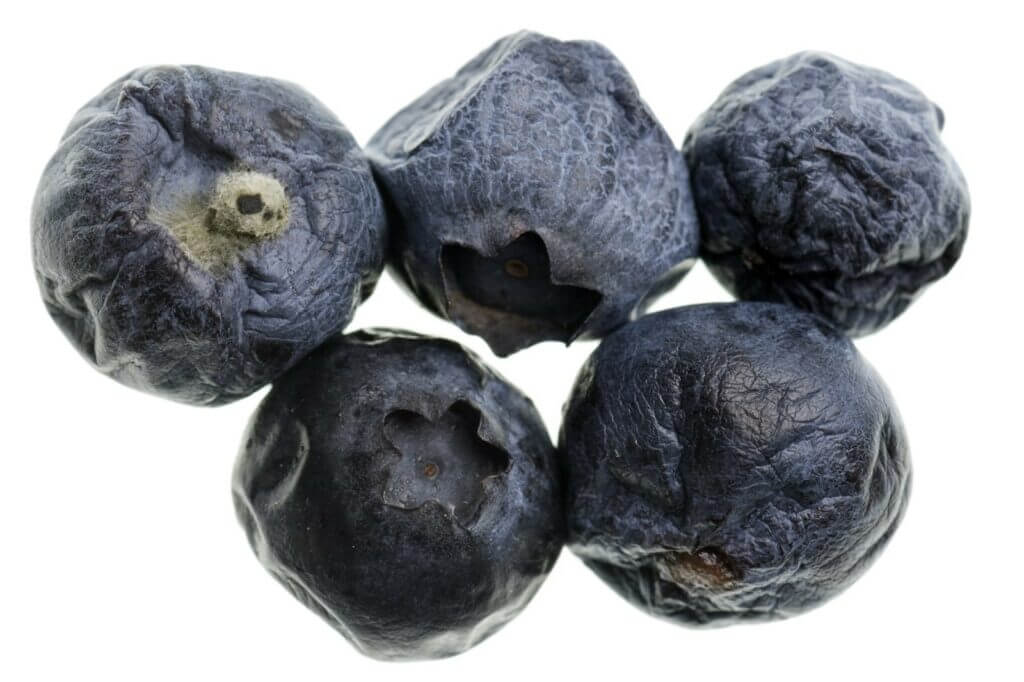
Take Out Some Insurance On Me
Failing to take the critical steps highlighted above could lead to a ‘case of the blues’ on arrival and an expensive insurance claim.
When faced with a container of spoilt blueberries, it can be daunting for the owner to ascertain how best to understand the root cause and whether the damage is a result of issues during growing, storage or transportation of the crop. A detailed forensic investigation using industry knowledge and expertise in plant diseases can help establish where and why things went wrong and where liability should be attributed.
About The Author
With over 25 years of experience, Plant Pathologist James Townsend has expertise in berries, fresh produce, horticulture and agriculture and is experienced in investigating the causes of plant diseases, crop failures and spoilage of fresh produce. James regularly investigates crop germination failures, crop storage problems, fallen trees, mould contamination, pesticide damage, wildfires and plant disease outbreaks in domestic commercial settings.


